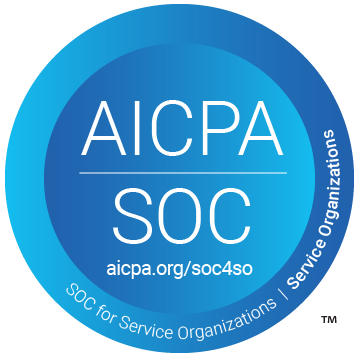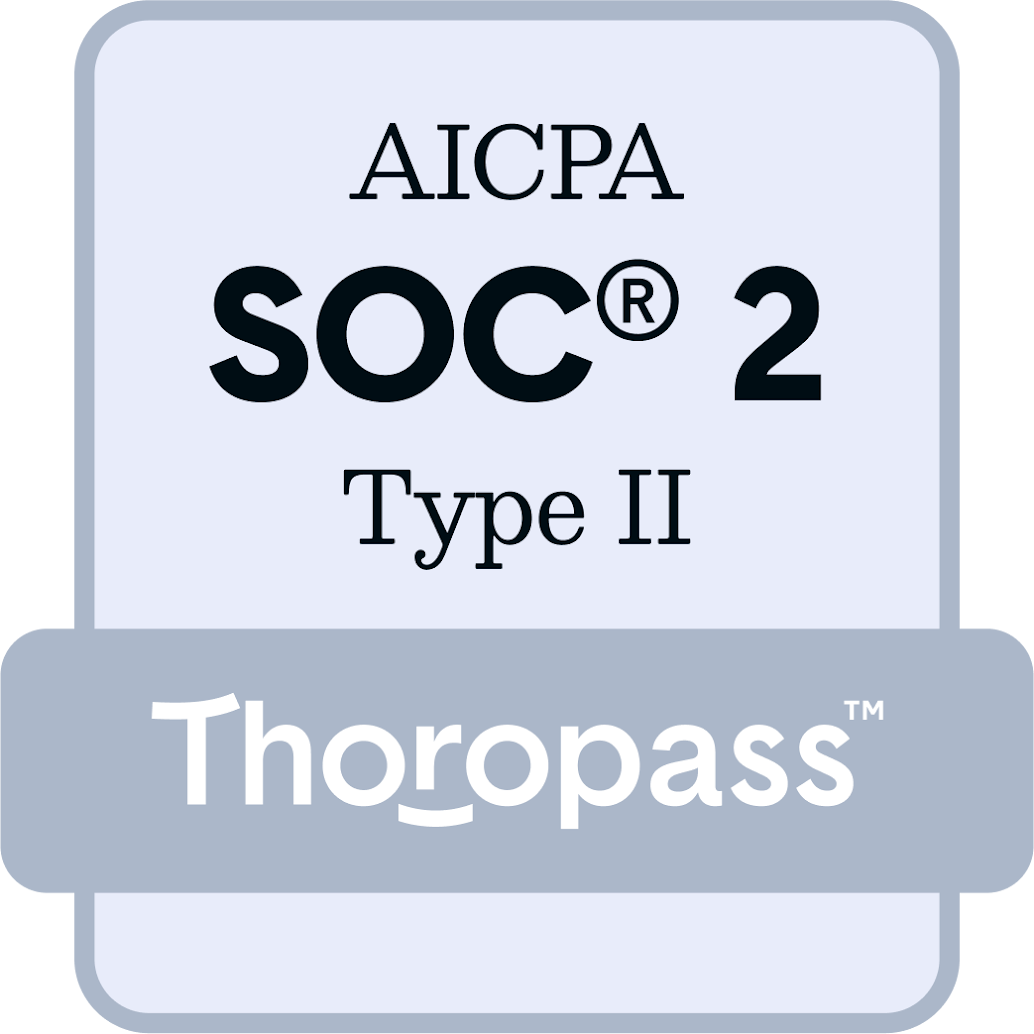Managing Human Capital: Investing in the Workforce
May 19, 2020
Daniella Gama-Diaz

Recently, the SEC proposed new amendments to Sections 101, 103, and 105 of Regulation S-K. As the investor push for expanded disclosure on human capital management continues, the SEC is beginning to mandate more information, and as a result, the landscape of human capital management and strategy is beginning to change.
Equilar recently hosted a webinar with speakers Mark Hill, Senior Corporate Governance Analyst, and Meredith Miller, Chief Corporate Governance Officer, of the UAW Retiree Medical Benefits Trust. As members of the Human Capital Management Coalition, an association with over 20 leading institutional investors representing over $4 trillion in assets, they provided listeners with new insights and trends to expect in human capital management disclosures.
The American worker in 2020
Although this webinar was broadcast before the COVID-19 outbreak began in the United States, the principles outlined have become more relevant now than ever before. As companies are faced with tough, unprecedented decisions, human capital management has become the forefront for short-term strategy. Companies must find ways to continue to function while keeping their employees safe during the pandemic. Technological advances have allowed for most firms to enact telecommuting, where employees can continue to work from the safety of their homes. New employees can even be on boarded virtually. With e-commerce replacing closed storefronts, the pandemic may be shifting corporate America to a new normal. However, with the economy in recession, some companies have been forced to furlough much of their workforce. A balance between worker safety and company viability is the question every company has now had to ask themselves. As the outbreak continues, we are likely to see new strategies for a virtual business environment.
The rise of human capital management disclosures
Miller began by providing listeners with additional color on the Human Capital Management Coalition. Originally started in 2013, the council of institutional investors were discussing how to best implement human capital management into the Walmart annual meeting. From here, things progressed into discussing how the different pillars of capital, such as financial and operational, could be broadened with issues in management, especially human capital. Thus, the coalition began.
Since then, the push for expanded human capital management disclosures has increased. Hill explains the importance of looking at human capital management as an asset, and not a cost. “It’s important to look for key metrics to compare across companies such as turnover rates, investment in job training and development, or information around employee engagement and seniority in the workforce," he explains. This way, when metrics are compared from company to company, there is data to support how changes in human capital management have an impact on a company’s long term business strategy. Hill continues, asserting that human capital management is increasingly seen as on par with other operational factors, as it is a function of production
In fact, Hill explains that human capital management is an intangible asset that can account for around 70-80% of a company’s value. Miller expands upon this, stating that “research shows that companies with effective human capital management perform better than their peers”. Therefore, human capital management can drive performance, and should therefore be implemented into the business strategy.
As a result, human capital management oversight is now increasingly at the board level. Miller explains that "committees will work together to look at trends and predict future changes, not just in the workforce but in the work itself.” She continues, assuring that many companies say that this proxy season there will be a lot more info related to human capital management. For now, the Coalition is waiting to see how the boards have interlaced human capital management with business strategies, and which committees are reporting it.
Changing rules for the SEC
As investors and boards begin to recognize the importance of human capital management disclosures, the SEC has joined the push for expanded disclosure. Originally, Hill explains, only headcount was required to be disclosed. With such limited information, the SEC has changed gears.
Miller explains that human capital management has made its way into public policy in the form of amendments to the SK rule, as on August 8, 2019, they released for public comment possible amendments to Sections 101, 103, and 105. Miller continues, saying they’re finally asking what types of info should be released. Why regulation SK specifically? Because they want guidance on the management discussion and analysis, and need to understand the financial conditions they’re in.
Diving deeper into this, Miller describes the difference between rules based and principles based disclosure. While previously the SEC did not mandate specific metrics, this allowed companies to determine which materials were important as they saw fit. However, the Coalition believes there are certain metrics that should be mandated by the SEC so every company discloses them, so the investor community can compare companies evenly. This idea of a uniform, rules based disclosure has four key metrics: total number of employees, total cost of workforce, turnover, and workforce diversity data. Miller explains that these four metrics can “help to predict changes in the economy, and show the investment in employees”. She shows viewers examples of both kinds of disclosures, with a 2019 Walmart principles based and an Intel rules based disclosure. She explains, “Because Walmart doesn’t have the same detail in its disclosure, we can’t compare year by year actual data. Therefore, a rules based disclosure is needed for continuity.”
Miller continues, sharing the proposed rules from January 30, 2020. The proposed rules, although they should not be expected to be implemented in 2020, are important for investors to know about. The SEC is trying to simplify, but they want comments on disclosed materials first.
Technology and disclosures
As technology evolves, human capital management disclosures have the potential to get much better. Miller explains that with new technology however, there are new advantages, but also new challenges. Although there is increased communication and transparency, there are also privacy issues and more openness around workplace issues. Especially, Miller states, because employees can communicate with each other over social media. Therefore, companies will need to learn to adapt to it.
Currently, investors may have to rely on fractured disclosures, or using information from websites such as Glassdoor. Hill says that while this is a useful resource, it does not paint the whole picture for investors, and should instead be a supplement. Investors may also get human capital management information from the CSR report, as it has many similar metrics.
However, as investors engage more with boards, Hill highlights five key questions that can push a board to increase their human capital management disclosure. And it may be working, Miller explains, as the Coalition is “pleased with the human capital management strategies big companies have adopted, such as the BlackRock and State Street letters.” As large asset managers are pressing for more information and trying to understand what investors are asking for, more information will migrate from CRS reports into proxy information, which helps investors get a handle on this level of granularity.
Human capital management has really become integral to the investment community. Human capital management is a key factor in the Dow Jones, has escalated over the last five years, and is a driver of long-term shareholder value. It gives investors the ability to see this as part of business strategy, and companies are jumping on board. With adding human capital management to oversight committees, appointing more CHROs to boards to give companies unique point of views and expertise, and building talent and management retention and building the pipeline in the future, this pillar will improve the business strategy. As the SEC continues to mandate stronger guidelines, the Human Management Coalition is confident that human capital management disclosures will greatly improve in the coming years.
Contact

Daniella Gama-Diaz
Associate Editor at Equilar
Daniella Gama-Diaz, Associate Editor at Equilar, authored this post. Please contact Amit Batish, Manager, Content & Communications, at abatish@equilar.com for more information on Equilar research and data analysis.
 Solutions
Solutions











